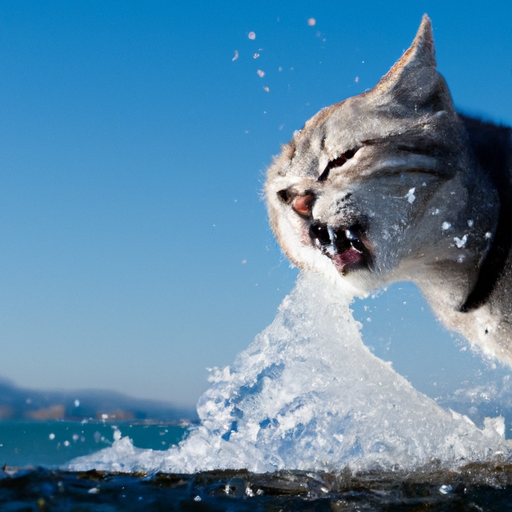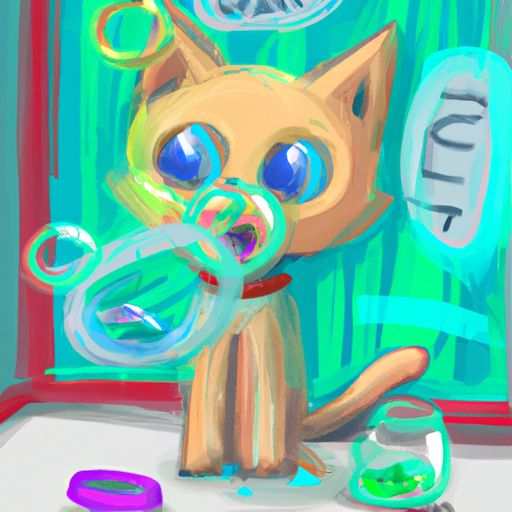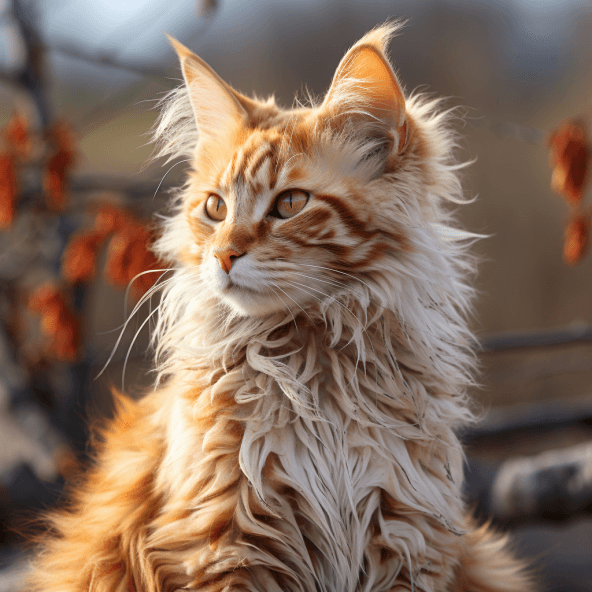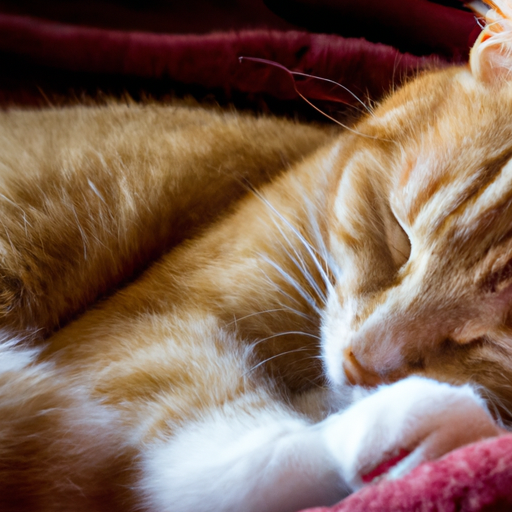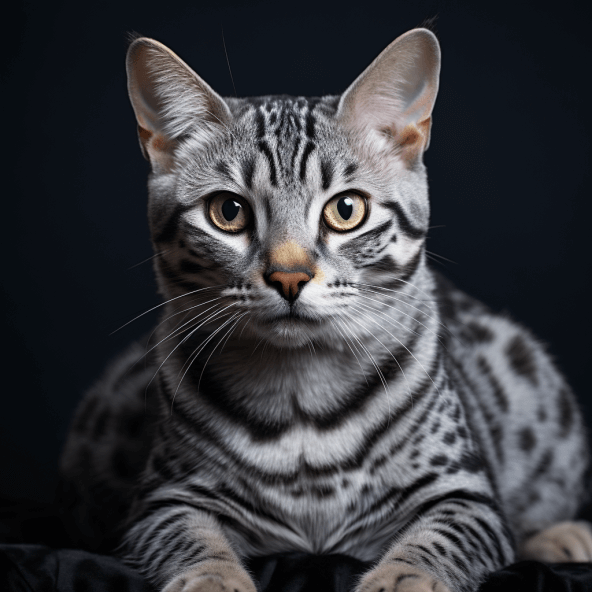Why Do Cats Hate Water?
You’ve likely noticed your cat’s dramatic reaction to water, right? Whether it’s an all-out battle to avoid bath time or a cautious curiosity around a dripping tap, our feline friends notoriously demonstrate an aversion to this element. The intriguing article, “Why Do Cats Hate Water,” explores this peculiar behavior, drawing upon scientific research, expert insights, and cat psychology. From exploring their natural instincts to analyzing their physical attributes, this enlightening read is sure to throw you into a spin of fascination. So, get ready to better understand your aloof kitty and their hilarious hatred of H2O!
Origins of Cats and Water Aversion
Cats and water – why exactly does this particular relationship draw a blank? Is it hardwired into a cat’s mind, does it have something to do with their physical constitution, or are there psychological reasons behind it? Whether you’re a curious cat parent or just an interested bystander, this universal feline quirk can be puzzling. Blame it on the intrigue surrounding cats, their rich history, and their distinct character traits, how cats perceive water is a matter of deep interest. Let’s delve a bit deeper into it.
The ancestral roots of cats
Going back in time, cats’ ancestors were species that mostly resided in arid regions where they didn’t encounter large bodies of water in their daily lives. It’s likely that this lack of early exposure to water plays a role in cats’ current aversion to it. After all, unnecessary interactions with potentially dangerous elements such as water, which could serve as a barrier or a hiding place for predators, would be counterproductive in an evolutionary sense.
Early domestication and their environment
Early domestication of cats did not do much to change this perception of water. The first domesticated cats were in regions like Egypt and the Near East where water was not a significant environmental factor. Unlike dogs, who were exposed to different climates and water bodies during their domestication process, cats had a rather ‘dry’ introduction into the human household.
The lack of necessity for water exposure
Over generations, cats being primarily desert dwellers, they have adapted to meet their hydration requirements through their diet. In the wild, a cat might get up to 70% of its water from its prey. This may also account for why they have not naturally grown to like water – simply put, they had no real need to.
Physical and Sensory Reasons
Even though history and evolution contribute significantly to cats’ dislike of water, there are also physical and sensory reasons that come into play.
Cats’ heightened sense of touch
Cats have a heightened sense of touch. Their skin and fur send intricate signals to their brain, serving as an invaluable tool for navigating their environment. Water, however, interferes with this sensory process, likely making cats feel uncomfortable or overwhelmed.
Discomfort due to weight of wet fur
Moreover, getting wet adds weight to the cat’s fur. The added weight can be uncomfortable and even hampers their agility, making them feel encumbered and distressed.
Cats’ body temperature regulation
Cats have a higher body temperature than humans, and their fur plays a vital role in insulating them. When their fur gets wet, it loses its insulating properties, making the cat feel cold and compromising its comfort.
Sensitivity to smell of chemicals in water
Last but not least, cats have an exceptional sense of smell and can easily pick up the smell of chemicals in tap water. This can deter them from wanting to get in contact with water.
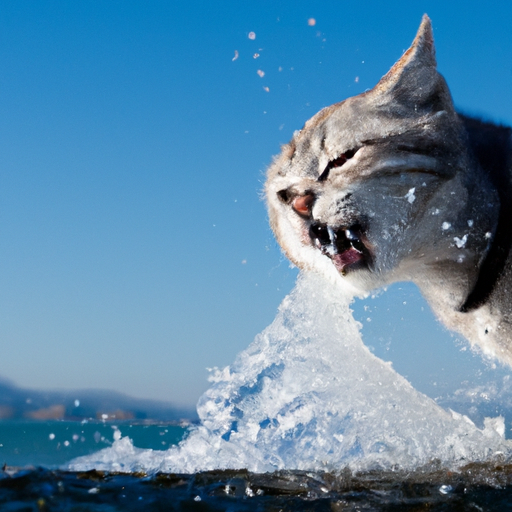
Psychological Reasons Behind Cats’ Aversion to Water
Aversion to water is not just physical or evolutionary; it can also be psychological.
Anxiety and fear
Jumping into a bath filled with water can induce anxiety and fear in a cat. The sound of running water, the touch of water on its fur, the sensory overload – it can all feel overwhelming and induce fear.
Lack of control and vulnerability
In water, cats may feel vulnerable and out of control, feelings they generally dislike. Cats love having control over their environment and physical state. Water disrupts this control, making them feel exposed and unsafe.
Previous negative experiences with water
Some cats might have had negative experiences associated with water in the past. Whether it was a forced bath or an unexpected fall into a body of water, such incidents can instill an aversion to water that may be hard to shake off.
Insight from Animal Behaviorists
Our understanding of why cats dislike water has been significantly enriched through the insights we’ve collected from animal behaviorists and related scientific studies.
Expert opinions on cats’ water hate
Experts propose that cats’ dislike of water is due to a combination of physical discomfort, sensory overload, and the evolutionary instincts inherited from their ancestors. They emphasize that while this tends to be the rule, every cat is unique and might have its own specific reasons for hating water.
Scientific studies on feline behavior towards water
Scientific studies have observed how cats interact with water and have concurred with these expert opinions. Research has also pointed out that a cat’s specific reaction to water can also be influenced by its individual personal experiences and the degree of exposure it has had to water from a young age.
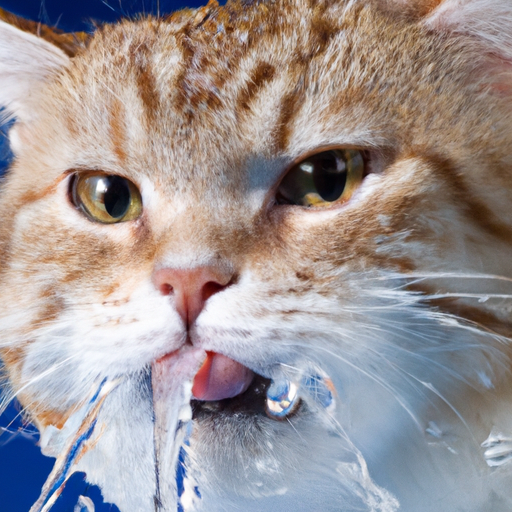
Exceptions to the Rule
While most cats dislike water, there are exceptions. There are a few breeds and individual cats that enjoy water.
Breeds of cats that enjoy water
Some cat breeds seem to have a genuine love for water. For instance, the Maine Coon, one of the largest domesticated cat breeds, is known for its skills in swimming. Turkish Vans and Bengals are other examples of water-loving breeds.
Individual cats that like water
Apart from breeds, individual cats might exhibit a liking for water too. These exceptions may be due to positive early experiences with water, their playfulness or curiosity, or even their unique personality quirks.
Factors that influence variant behavior
Factors influencing such variant behavior could be early exposure to water, positive reinforcement, and individual genetic makeup. However, even amongst these cats, the receptiveness to water varies considerably.
Comparisons with Other Animals
Comparing cats’ aversion to water with attitudes of other animals can provide a fascinating perspective.
Cats vs. dogs and their relationship with water
Dogs, unlike cats, tend to enjoy water. While not all dogs love water, they are far more likely to enjoy it than cats. This is because dogs have been domesticated in a variety of environments and were often bred for roles that required interaction with water, something that’s highlighted in breeds like the Retriever.
Comparison with other feline species
Interestingly, big cats in the wild, like tigers and leopards, are known to be strong swimmers and seem to appreciate water, unlike domesticated felines. This underlines the complexity of the relationship between cats and water – it’s just not as simple as “cats hate water”.
Understanding Cats’ unique behavior patterns
Through these comparisons, we can see that each species has unique behavior patterns and preferences influenced by evolutionary history, individual characteristics, and environmental factors, contributing to the vast diversity in the animal kingdom.
Ways to Introduce Water to Cats
If necessity dictates that your cat must get used to water, here are some tried and tested ways to introduce water to your feline friend.
Gradual introduction
The key is to introduce water slowly and steadily. Start by letting them explore an empty bath, then add a little bit of water – and increase the level over time.
Making bath times fun and comfortable
Make bath time fun with toys and treat rewards. It can help to associate water with positive experiences, thus reducing their aversion.
Water temperature and its effect on cats’ comfort
Comfy water temperature can make a big difference. Cats prefer warm temperatures, so make sure that the bath water is warm (but not hot) to make them feel comfortable.
Maintaining Hygiene Without Water
Even if your cat absolutely dislikes water, don’t worry, there are ways to maintain their hygiene without water.
Cats’ self-grooming behaviors
Cats are fastidiously clean creatures. They spend a large portion of their day grooming themselves. This natural behavior helps keep them clean, reducing the need for regular baths.
Dry bath options
If your furry friend gets particularly dirty, there are several dry bath options available, such as cat wipes and dry shampoo. They’re a handy solution for spot-cleaning.
Veterinary recommended cleaning methods
In the case of health issues or hygiene problems that require more intensive cleaning, discuss this with your vet. They can recommend suitable cleaning methods that would not distress your cat.
Hydration Importance for Cats
Regardless of their aversion to water, staying hydrated is crucial for cats’ health.
Water as an important dietary component
Water plays a vital role in cats’ dietary needs. It aids in digestion, circulation, and the flushing of toxins.
Effects of dehydration in cats
Dehydration in cats can lead to serious health issues such as kidney disease or urinary tract problems. While cats do get some moisture from their food (especially if they’re on a wet food diet), it’s imperative they drink enough water too.
Encouraging cats to drink more water
To encourage your cat to drink water, you can attempt methods such as providing running water sources like cat fountains, cats tend to prefer running water as it simulates a natural water source.
Misconceptions about Cats and Water
Lastly, let’s clear up a few misconceptions about cats and water.
Cats’ hated for all forms of water
Cats do not hate all forms of water. Many cats love to play with dripping faucets or water droplets. What they primarily dislike is immersion in water.
Belief of cats’ inability to swim
Another misconception is that cats cannot swim. Cats can swim, and some can do it extremely well. However, most do not enjoy the experience.
The notion cats drink little water
Finally, the notion that cats drink little water isn’t exactly true. While they drink less than dogs, cats should still have fresh water available at all times and should be encouraged to drink frequently to stay hydrated.
In conclusion, cats’ aversion to water is a complex issue and is likely a mix of evolutionary factors, physical discomfort, and psychological factors. So, next time you see a cat dart from water, remember, it’s not just about dislike – there’s a whole history and biology lesson behind it!

